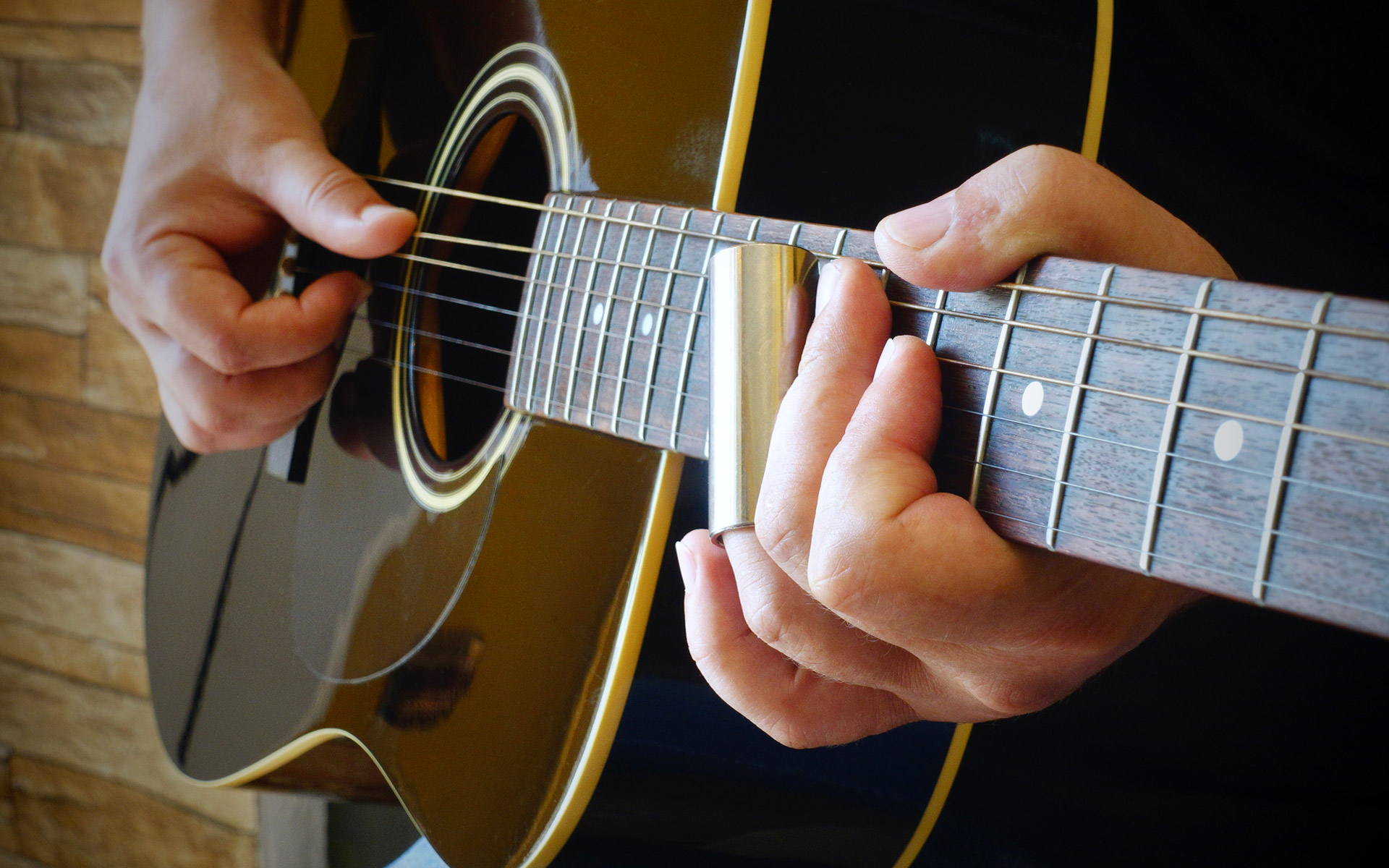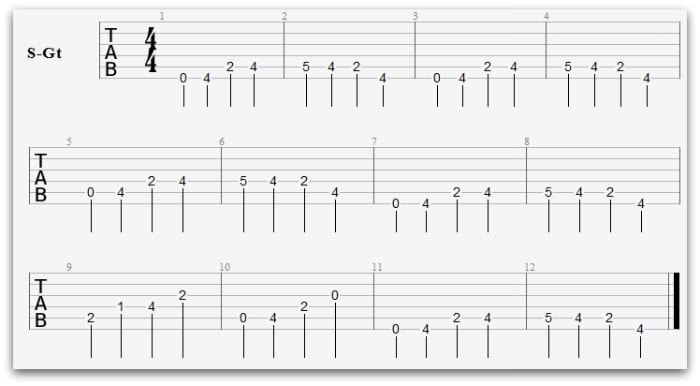Top Guidelines Of Blues Guitar Tab Books
Wiki Article
The smart Trick of Blues Guitar Lessons That Nobody is Talking About
Table of ContentsGet This Report about Blues Guitar TabsThe 5-Minute Rule for Blues Guitar Tab BooksThe smart Trick of Blues Guitar Solos That Nobody is Talking AboutBlues Guitar Solos - TruthsFascination About Blues Guitar Tab BooksThe 45-Second Trick For Blues Guitar TabsThe 45-Second Trick For Blues Guitar Lessons
Since this range is a lot more specific in nature, i. e. it outlines the chord more straight than the minor pentatonic scale which lays out the trick, this range can just fit one chord each time. This indicates that if you are soloing over A7, you make use of the A significant pentatonic scale, and then when you switch to the D7 chord, you require to change to the D significant pentatonic scale.Attempt placing on a 2 chord vamp when you have this scale under your fingers, A7-D7 4 bars each for instance, as well as then relocate between both significant pentatonic scales as you solo over each chord in the development. It will certainly take a little bit of time to obtain this range right into your solos, however if you are aiming to bring a nation, swing, jump blues sound to your lines, after that this is the excellent scale to explore.
Blues Guitar Books - Questions
Start discovering this scale by placing on an A7 to D7 backing track, 4 bars each, and also relocating between the An and also D mixo pent ranges as the chords alter on the track. From there, take these same ranges and apply them to a complete blues progression, such as the support tracks offered at the end of this lesson.The last range that we will certainly explore in this area of cry Guitar Theory Overview is the Mixolydian Scale (blues guitar books). The 5th mode of the significant scale system, this 7-note range is generally made use of by country and also rock players as they solo over blues chords and chord developments. Containing the intervals 1-2-3-4-5-6-b7-1, this range has all of the notes of the 7th chord, 1-3-5-b7, along with the 2-4-6 extension notes that add color to your soloing lines in a blues context.
What Does Blues Guitar Solos Do?
Given that this range lays out the 7th chord arpeggio, you will require to alter this range together with each chord in cry chord progression. So, you will play A Mixo over A7, D Mixo over D7, and E Mixo over E7, if you were soloing over a blues development in the secret of A for instance.Try playing over an A7 backing track to begin, utilizing only the A Mixo Range to construct your lines. As soon as that is comfortable, include in a D7 chord and start to switch ranges as you switch over scales in your soloing practice regimen. Lastly, take the Mixo scale to your blues soloing ideas over the entire 12-bar kind to see and hear how this range fits over that chord development when soloing.
Blues Guitar Lessons Fundamentals Explained
The essential blues chord is the Dominant 7th, which is developed from the 5th note of the major range and has the periods 1-3-5-b7, which is where we'll begin in this area as you explore 7th chords and arpeggios on the guitar. From there, you will also discover just how to play various other important arpeggios as well as chords for cries, such as 9th and 7 # 9 chords and arpeggios on the guitar. blues guitar books.Once more, considering that this can be complicated to do, begin by soloing over an A7 vamp, after that broaden to A7-D7, as well as lastly to the entire blues form. Arpeggios are a great way to describe any chord in a blues directly, while bursting out of the a lot more common scale appears that many blues gamers stick to when first checking out blues soloing concepts.
Unknown Facts About Blues Guitar Lessons


The Blues Guitar Solos PDFs
This indicates that you solo over Am7 with an Am7 arpeggio as well as solo over Dm7 with a Dm7 arpeggio. Soloing over a minor blues development can be a little bit boring when using only the minor pentatonic or small blues ranges, so knowing as well as using the m7 arpeggios is a great method to damage up your range operate in a minor blues situation.Working in the very same way as 9th arpeggios, these shapes are made use of to include color to your 7th chords, and so you don't need to wait up until you see A9 on a chart to play that chord, you can play A9 whenever you see A7 composed as they are from the very same family members of leading chords.
Get This Report on Blues Guitar Books
Try having fun with a blues chord progression as well as when you get to the V7 Discover More Here chord, E7 as in the instance listed below, attempt playing E7 # 9 and also see how it appears to your ears. This chord is also used as the V7 chord in a minor blues chord news development, which you can see in bar 10 of the minor blues instance near the end of this blues guitar concept guide.
Report this wiki page